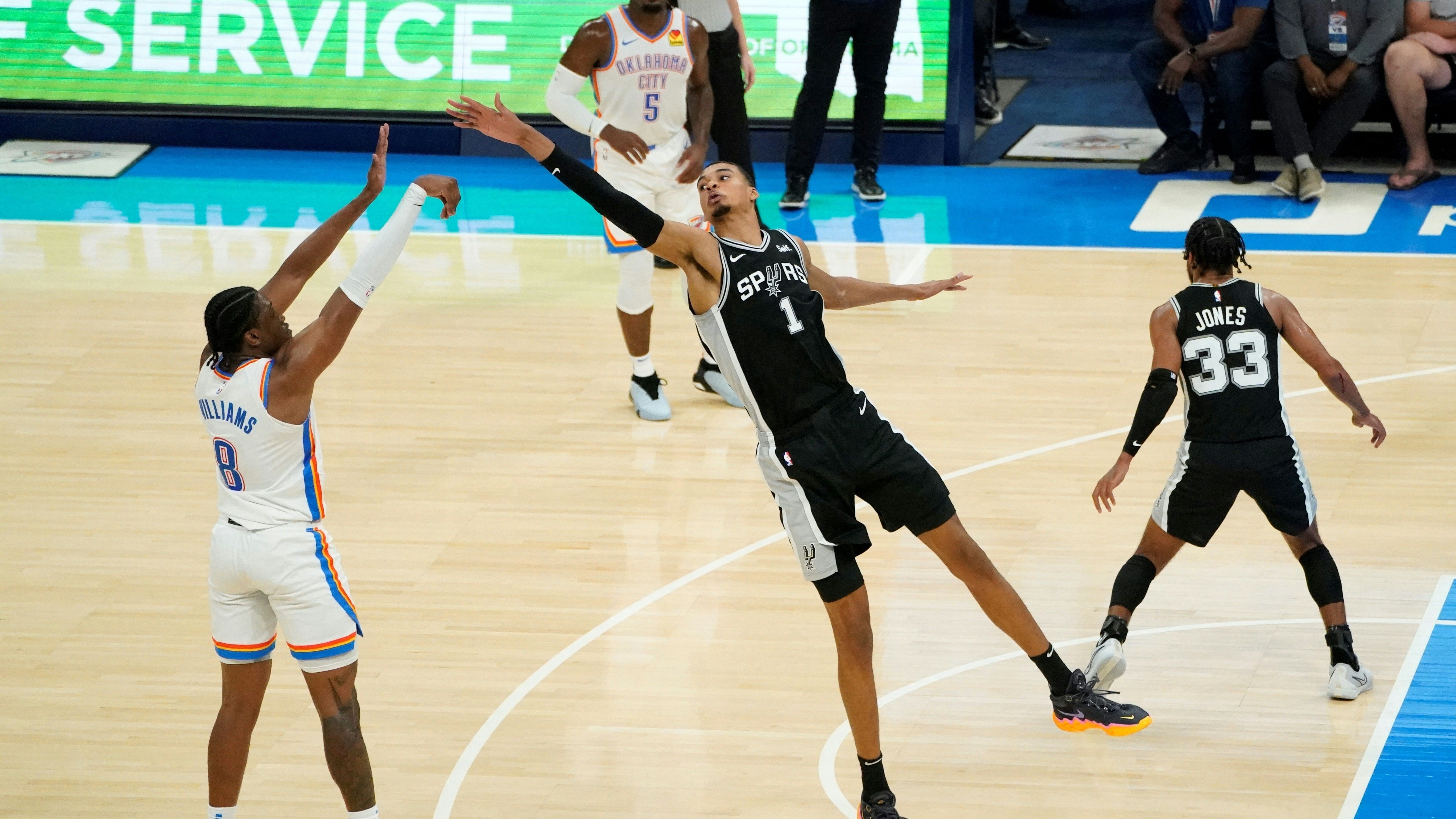Sports Must Adapt to Changing Ways Fans Watch Games on TV: Study
Making live games easier to find, more affordable will be key, according to Altman Solon

Shifts in the media business and the way fans consume content mean big changes are in store for sports programming, according to a study from consultant Altman Solon.
Younger fans in particular are consuming sports differently than their parents. They’re spending less time watching sports on TV and more time online.
The rise of the “highlight reel” fan is a problem because they watch fewer live games, the study found.
Average TV hours watched per week is expected to drop 16% by 2040, underscoring a need for sports media to provide content on a multiplatform basis in order to maintain reach, sustain engagements and improve monetization.
Altman Solon conducted surveys of 2,500 sports fans in eight global markets and 150 sports executives and found that 59% of fans say they have trouble finding or affording the sports content they want to watch.
The majority of fans — 56% — said they would watch more sports video content if it were available.
Altman Solon noted that the TV-sports world is changing as viewers cut the cord and streaming service elbow their way into sports rights.
The smarter way to stay on top of broadcasting and cable industry. Sign up below
The regional sports network system is imploding, The Walt Disney Co. is pondering the future of ESPN and the NBA is about to make a decision about how its games will be televised under a new rights deal.
All of this change has made watching live sports more difficult.
According to the survey, among fans who say they have trouble accessing live sports content, 35% says it is too expensive, 30% don’t know what channels to watch and 28% don’t know which platforms to watch.
At the same time, fans have been shifting toward rooting for individual players as opposed to following local teams.
“It seems counterintuitive that the answer to the glut of sports content is more sports content, but sports fans are hungry for more,” Altman Solon director David Dellea said. “It turns out fans actually want more content, but often can’t afford the costs of additional subscriptions or get lost in the web of channels and streaming platforms providing content. Some form of industry consolidation seems likely, either through audience aggregation or content democratization, which should be beneficial for both the industry and sports fans.”
Sports executives surveyed said that facilitating content aggregation (65%), improving content promotion (64%), and fostering flexible pricing (58%) as the top ways to make content more globally accessible.
Altman Solon concluded that keys to the future include improving the discoverability of sports content and reducing access costs for fans.
The report predicts that a wave of reconsolidation could reduce the current problem of fragmentation.
“It is important to recognize that the way fans consume sports is much different from a generation ago or even at the end of the past decade,” said Altman Solon director Matt Del Percio. “While historically fandom was defined by the local team(s) you follow — and often the team your parents followed — modern sports fans are now more making decisions based on athletes’ on-field performance and off-the-field personalities or social media presence.”
Jon has been business editor of Broadcasting+Cable since 2010. He focuses on revenue-generating activities, including advertising and distribution, as well as executive intrigue and merger and acquisition activity. Just about any story is fair game, if a dollar sign can make its way into the article. Before B+C, Jon covered the industry for TVWeek, Cable World, Electronic Media, Advertising Age and The New York Post. A native New Yorker, Jon is hiding in plain sight in the suburbs of Chicago.

